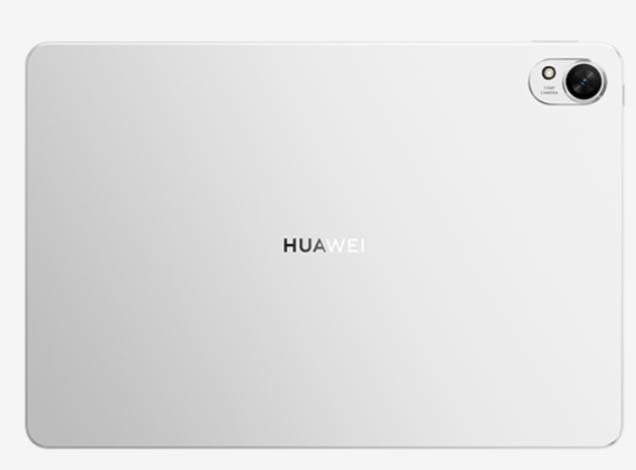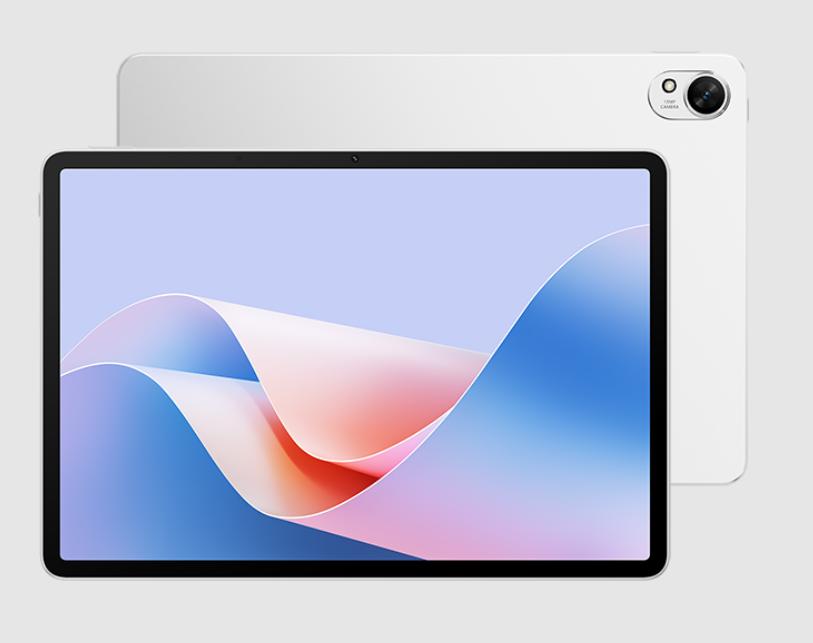In the modern educational landscape, technology has become an integral part of the learning process. Among the various technological tools available, tablets have emerged as a highly effective medium for taking notes. The traditional method of using pen and paper is being increasingly replaced by digital note-taking, which offers numerous advantages. This article delves into why taking notes using a tablet can enhance your study experience, providing both practical benefits and innovative features.

The Benefits of Digital Note-Taking
Enhanced Organization and Accessibility
One of the most significant advantages of taking notes on a tablet is the ability to organize and access your notes efficiently. Digital note-taking apps allow you to categorize notes into folders, add tags for easy searching, and sync across multiple devices. This means you can access your study materials anytime, anywhere, without the risk of losing important documents. With a tablet, you can quickly find and reference previous notes, making studying more streamlined and effective.
Multimodal Learning
Tablets facilitate multimodal learning by integrating text, images, audio, and video into your notes. This variety of formats can cater to different learning styles and enhance comprehension. For instance, you can record lectures and link them directly to your notes, or incorporate diagrams and charts that illustrate complex concepts. The ability to include multimedia elements helps in better retention of information and makes the learning process more engaging.
Environmentally Friendly
Using a tablet for note-taking is also an eco-friendly choice. Traditional note-taking consumes a significant amount of paper, which contributes to deforestation and environmental degradation. By switching to digital notes, you reduce your paper consumption, thereby lessening your environmental footprint. This sustainable approach not only benefits the planet but also promotes a more responsible and mindful use of resources.
Increased Efficiency and Productivity
Taking notes on a tablet can significantly boost your efficiency and productivity. Digital notes can be edited, reorganized, and formatted with ease, saving you time and effort. Features like auto-correct, spell check, and text formatting tools ensure that your notes are clear and professional. Additionally, tablets often come with stylus support, allowing you to write or draw as you would on paper, but with the added benefits of digital technology.
Integration with Other Tools
Tablets offer seamless integration with other educational tools and platforms. For example, you can import documents from cloud storage services, annotate PDFs, or use apps like Microsoft OneNote or Evernote for comprehensive note management. This integration allows for a more cohesive and connected study experience, where all your educational resources are easily accessible from one device. Moreover, collaboration features enable you to share notes with classmates or work on group projects efficiently.
Customizable Learning Experience
Digital note-taking on tablets allows for a highly customizable learning experience. You can choose from various note-taking apps, each offering unique features tailored to different needs. Customize your workspace with different colors, layouts, and templates to suit your preferences. Tablets also support handwriting recognition, converting your handwritten notes into typed text, which can be particularly useful for those who prefer writing by hand but need the flexibility of digital text.

Conclusion
Taking notes using a tablet like the HUAWEI MatePad 11.5 S offers numerous advantages that can significantly enhance your study experience. From improved organization and accessibility to the ability to incorporate multimedia elements, digital note-taking is a versatile and efficient method. By embracing digital note-taking, you can boost your productivity, support sustainable practices, and customize your learning experience to meet your unique needs.